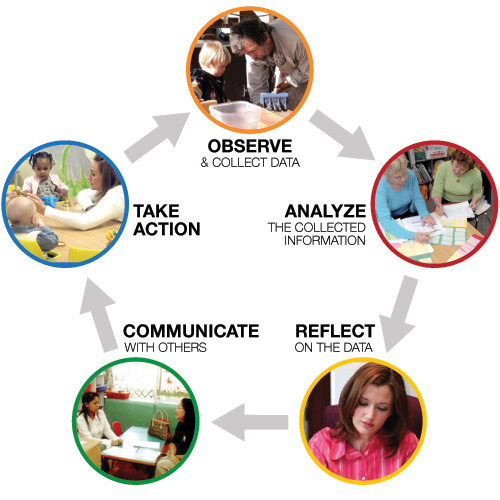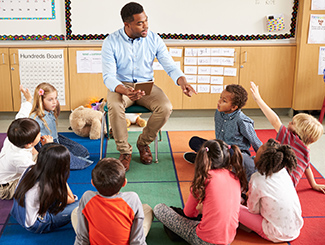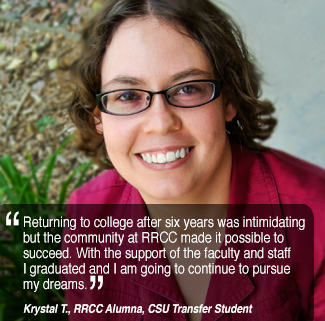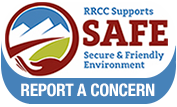Observe and Collect Data
Why is observation the best way to collect data?
“Observation (systematically watching and noting what children do) is your most effective technique for understanding children. It is the foundation of all the ways that you will learn about them. One reason it is such an important technique is that many things that children cannot express through spoken worlds can be inferred by watching them in their natural settings.” (Feeney, Moravcik, Nolte & Christensen, 2010)(2)
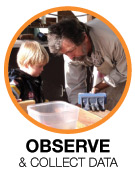
Why do I need to collect data?
- Data provides you with the evidence you need to implement appropriate teaching strategies with all the children.
- Data assures you provide the "right" activity for each child.
- Data helps you to share with others "parents, team members, directors, and specialists" the reasoning behind your choice of...
- Data helps you to know the child.
Perhaps the most important reason to collect data is to form positive relationships with children and families.
“Observing helps you build relationships by revealing the uniqueness of each child . . . Observing is essential to building the trusting relationships between families building relationships that provide the foundation for successful early childhood programs. . . . Observing helps you move beyond your expectations or assumptions to see the many dimensions of a child that are revealed over time.” (Jablon, Dombro & Dichtelmiller, 2009, p. 7)(5)
“Building trusting, responsive relationships is not just a chore. It is the essence of good teaching and requires a willingness to become a learner and to wonder and ask questions about children.” (Jablon, Dombro & Dichtelmiller, 2009, p. 12)(5)
To further explore why you may want to collect data, view the following titles in The Results Matter Video Library.
- Linking Documentation and Curriculum
- Connecting Learning Opportunities
- The Essential Role of Observation and Documentation
- Documentation as a habit
- Using Documentation at Emerald Preschool
Articles to consider:
Further questions:
Related resources available for this topic
STAGES OF THE TEACHING SPIRAL:
Observe and Collect Data
Analyze the Collected Information
Reflect on the Data
Communicate with Others
Take Action